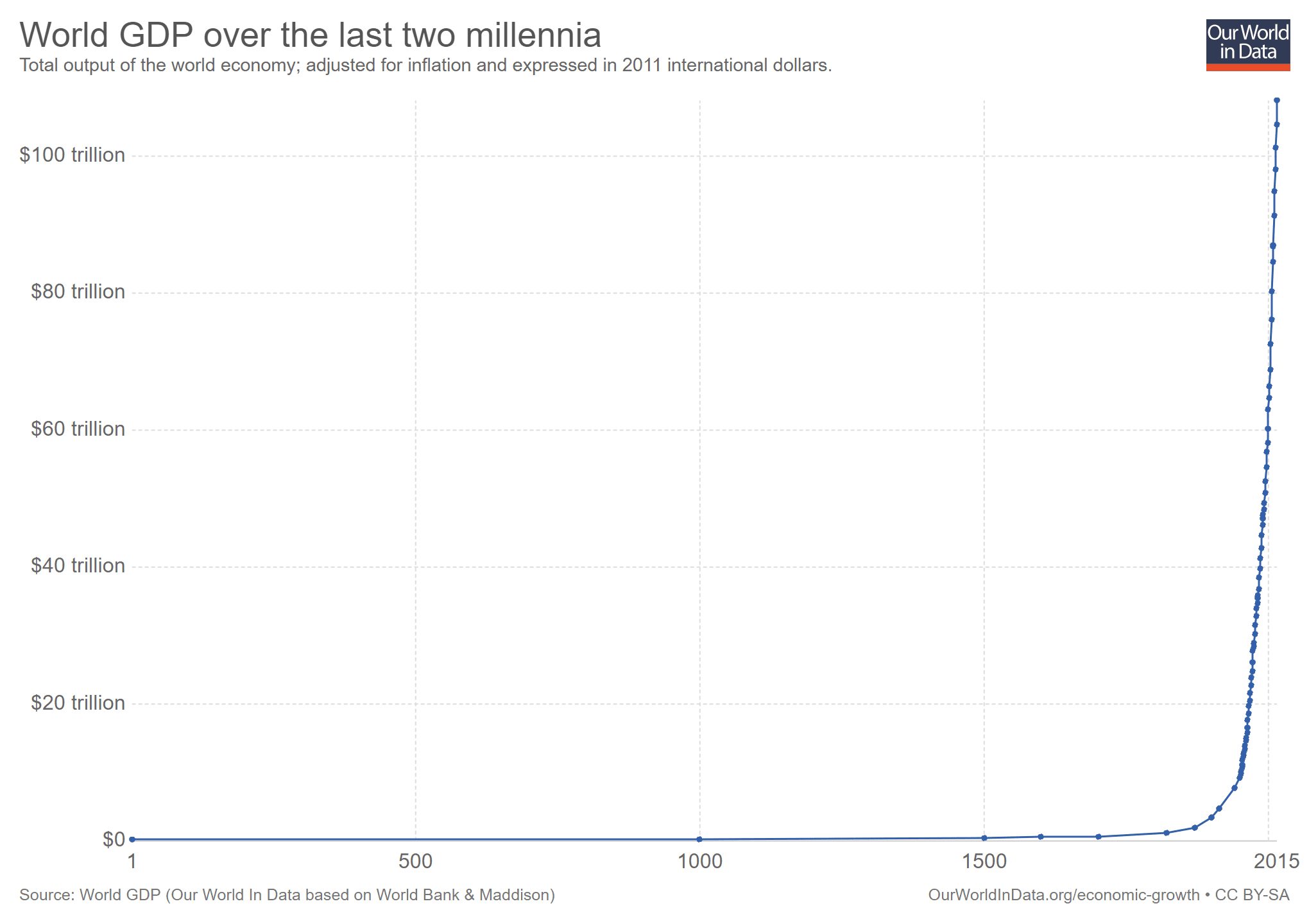Electric planes. Not going to be ready soon, but probably eventually.
Originally shared by Greg Batmarx
The pressure to reduce carbon dioxide emissions and the prospect of a world running largely on renewable electricity has sent research and development teams in every sector back to their respective drawing boards to look at options that might exist for electrification. Perhaps the most challenging sector is aviation, where liquid hydrocarbon fuels are the only form of energy carrier available (mainly of fossil origin, but with some bio-origin fuels now appearing).
The dependency on hydrocarbons is due to their high energy density and the challenge with fuel to weight ratio that planes have.
However, fuel costs can represent up to 70% of total costs for an airline, so the business model tends to focus on efficiency as a primary consideration.
Efficiency isn’t just about the plane itself, but about maximising passenger load, minimising extraneous weight, limiting taxiing and air traffic delays, using electricity for power at departure gates and optimising routes.
In the light of all the above, the idea of electrification in aviation is tantalizing, but there is little sight of this happening. At one end of the spectrum there is the prospect of single person electric drone taxis for short hops in cities, but after that there is nothing, until last week.
EasyJet, in conjunction with the startup, Wright Electric, announced that they hoped to be flying a short-haul battery electric passenger plane within a decade.
The concept illustration looks impressive, but is this really feasible?
Battery energy density is a key determinant and it is moving rapidly in the right direction. The energy density difference between the traditional Lead-Acid battery, still the standard for starting most cars and the best lithium based batteries is nearing a factor of 10, but lithium based batteries are still a long way from Jet A1 fuel as shown in the table below.
The difference in energy density on a weight basis is around twenty times, in favour of Jet A1.
Like an electric car, the efficiency of a battery electric aeroplane would be significantly higher than the combustion engine equivalent, although the starting point for a modern jet engine already exceeds that of vehicles…
Jet Engine Efficiency
Even with near 100% efficiency for the battery electric aeroplane, the energy density of Jet A1 still gives that fuel a factor of ten advantage. As such, it will be distance that suffers, given there is a weight restriction for aeroplanes.
I am a regular traveler out of London City Airport and often see the Embraer 190 plane, which is similar in size to the easyJet concept photograph distributed with their announcement. But the Embraer 190 has a range of over 4,500 km, so one tenth of this gets near to the 335 mile range goal mentioned by easyJet, ideal for the flight I often take from London City to Rotterdam.
So on paper, this would appear to work, but a plane with a range limit of a few hundred miles might significantly restrict the operational flexibility that airlines enjoy; for example, it couldn’t be swapped at short notice for a London City to Rome flight, should that be necessary.
Battery electric planes also bring with them a particular design change, apart from the obvious. Currently, planes land some 20% lighter than they take off, as they burn the fuel. With battery electric planes, they will land heavier than they take off, because the discharge of the battery means oxidation, meaning it gains mass. This will require very different landing gear.
Another facet of the EasyJet announcement is the desire to see these planes carrying passengers within 10 years. Given that the plane is concept only and doesn’t come from an existing family of similar planes, this may be ambitious.
The 787 Dreamliner was announced in concept by Boeing in early 2003, finally receiving certification in late 2011. That’s nearly nine years for what is essentially a new version of an existing product, albeit with some significant changes such as the use of carbon fibre in the fuselage. But the 787 then had problems with its battery system for on-board electronics, leading to a temporary grounding and eventual regular flights from April 2013.
The 787 was not Boeing’s first attempt at a new aircraft following the 777 series. In the late 1990s it started development of the Sonic Cruiser, releasing a concept proposal in March 2001. With aviation business models changing rapidly at that time, Boeing abandoned this concept and instead moved to the 787, but this evolutionary process still consumed valuable design years.
At least from one perspective, it could be argued that the 787 took over 13 years to go from concept to regular use.
The Wright Electric concept represents a revolutionary change in aircraft design and propulsion, so there is every chance that this may take longer than anticipated to get going.
It will require extensive certification and testing by airlines, airports and the aviation authorities and may go through more than one design iteration, depending in part on the evolution of battery technology and the resultant changes in energy to weight and volume ratios.
The story of the Mitsubishi Regional Jet is outlined here, and is a saga of changes and delays spanning 17 years. It is a conventional jet aircraft, but represents a first for Mitsubishi for a very long time.
A further ambitious aspect of this project is the notion that a start-up can take on the likes of Boeing and Airbus and find the necessary investors to back what is typically a multi-billion dollar investment in design, engineering, prototype development, manufacturing, testing and certification of a new aeroplane.
Behind all this is the pressing need for electrification across society, so this type of thinking and risk taking is essential.
The question that remains though, is whether I will be able to ride in such a plane from London City Airport before 2030.
http://www.theenergycollective.com/davidhone/2414344/new-era-aviation


